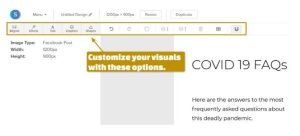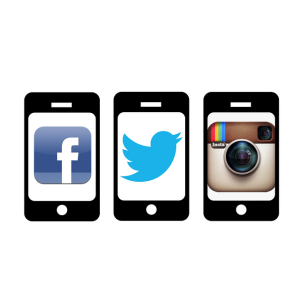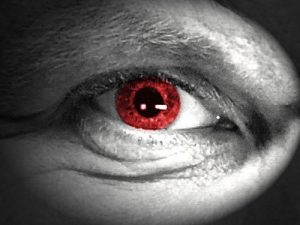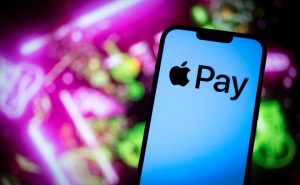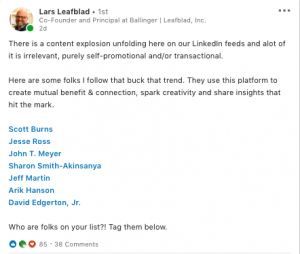In every creative professional’s career, there comes a point when they need some form of self-promotional material. This could be a personal logo, a business card or a Web site. Almost every designer, illustrator and copywriter I’ve spoken with describes “self-design” as a struggle, a chore, a task left to the back burner because they “don’t have any ideas” or they “don’t know where to begin.”
It’s no secret that self-design is difficult. It requires focus, honesty and inspiration. After all, it’s just you. There are no creative directors, marketing executives, focus groups or editors, and the design is so subjective that it’s often an exercise in futility to seek advice from peers.
Initiative and Honesty
Your own promotional material is completely self-generated. There is no creative brief to get the project rolling and all timelines or budget constraints are self-imposed. You are essentially creating something from nothing, and 100% responsible for the final product. A cold engine is harder to start than a warm one, and getting the creative pistons firing at full speed requires time and focus. It may require altering your schedule. Set aside paid assignments. Don’t mow the lawn. Work late a few evenings. Without taking the time to sit down and simply work through ideas, the canvas will remain forever blank.
When you do start sketching out ideas, it is important to remember that unabashed honesty is a critical ingredient in creating designs that successfully represent you as an artist. If it deceives the audience, it is self-defeating. If you willingly project a false identity through your own design, how useful are you to clients?
Sometimes, you have to dig a little deeper and find unique inspirations — your own theme. It is imperative to avoid shallow self-design built for the whiz-bang wow-factor. These hollow attempts at promotion are almost too easy to find — they are too flashy or too corporate or too “high concept.” They have no passion. No soul. Like a Hollywood blockbuster, they make no attempt to connect with the audience, instead crushing them with effects and eye candy while the story and theme are all but forgotten.
You should not shy away from letting people know about your shiny new website while trying to promote yourself. You simply can’t expect people to listen to your long and uninspiring lists of achievements etc. You need to encourage them to visit your website so that they get to know you better. But make sure that your website is up and running 24×7 because nobody likes to stare at a blank web page. Maybe include your domain name in the business card as this might do the trick. In short, you need to be persuasive without being too much.
Finding our own unique theme for self-design requires coming to terms with ourselves, and not just as creative lifers but also as people. Like many forms of art, it can often seem like public self-examination.
Turning Introspection into Art Direction
Self-design is a superb excuse for a bit of head examination, but we must use it to our advantage. We must ask the right questions about ourselves to get the answers we need, and we must transform those answers into tangible results, whether it be a color scheme for a Web site or a brilliant type treatment for a new letterhead. We need to turn introspection into art direction.
Asking the right questions is often the most difficult part. Yes, we can write down on a piece of paper “What is my favorite color?” and immediately put “green.” Hurrah. But take it a bit deeper. “Where is my favorite place to relax?” If you put “ocean,” you have an entirely different palette than “mountains.” If you put “the bar down the street,” the smoky air and smell of beer will influence your design differently than “the Alaskan wilderness.”
For instance:
- What is my favorite building?
- Which art movements speak to me?
- What was my favorite toy growing up?
- How do I like my martini?
- Would I rather have a beer?
Write down some questions and then write the answers. Examine your list and construct a theme from the responses. Draw on this collective image you have created to answer design-specific questions. What color palette is best suited for my own design? Should I use this bold titling font or this elegant serif? Should I have a picture of a subway or a tree? Do I want photography at all?
The more questions you answer, the more the theme distills into a concept, which gives way to clear art direction. The procedure is not unlike sculpture; we start with a ten-foot cube of marble and chip, carve and polish our way to clarity and definition. Often, a single element can snowball into huge inspiration. For instance, if you are particularly fond of autumn, maybe the geometric pattern in a leaf inspires a new personal logo, and the gold and red tones set the color choices for your Web site.
Despite the case for honesty, think about the occasional need for personality filters. After all, there may be certain personality facets best left unmentioned. (Like your love of Norwegian death metal, or your habit of feeding seagulls Alka-Seltzer.) Focus on the positive.
Reflection
Our process to this point includes: (1) self-examination (2) defining a collective theme about “you” (3) building art direction (4) actual design. The audience will process everything in reverse order. (1) Your design (2) they “get” the art direction (3) infer your theme (4) make assumptions about your personality.
If your design is successful and honest, your audience, namely potential clients, will create a mental image of you and subconsciously decide if they like you or not — all by interacting with your self-design.
Before releasing the designs into the world, run them by close friends and family, preferably non-designers. Carefully watch their reactions, both positive and negative. Good design does not need to be explained. If you find yourself defending your design, explaining the meaning, or justifying the execution, you have not done your job as a designer. You have failed to build a bridge of communication between you and your audience.
We work in an industry of relationships. We maintain relationships with clients. We design Web sites, brochures and logos that forge relationships between our clients and their customers. If we can’t effectively portray ourselves, how can we instill confidence in customers that we can effectively portray their products or services? Intangible, gut-instinct impressions from clients — especially first impressions — can make all the difference between landing a lucrative contract and eating another dinner of Ramen noodle. Can we afford to be anything less than being honest?
Digital & Social Articles on Business 2 Community(100)
Report Post